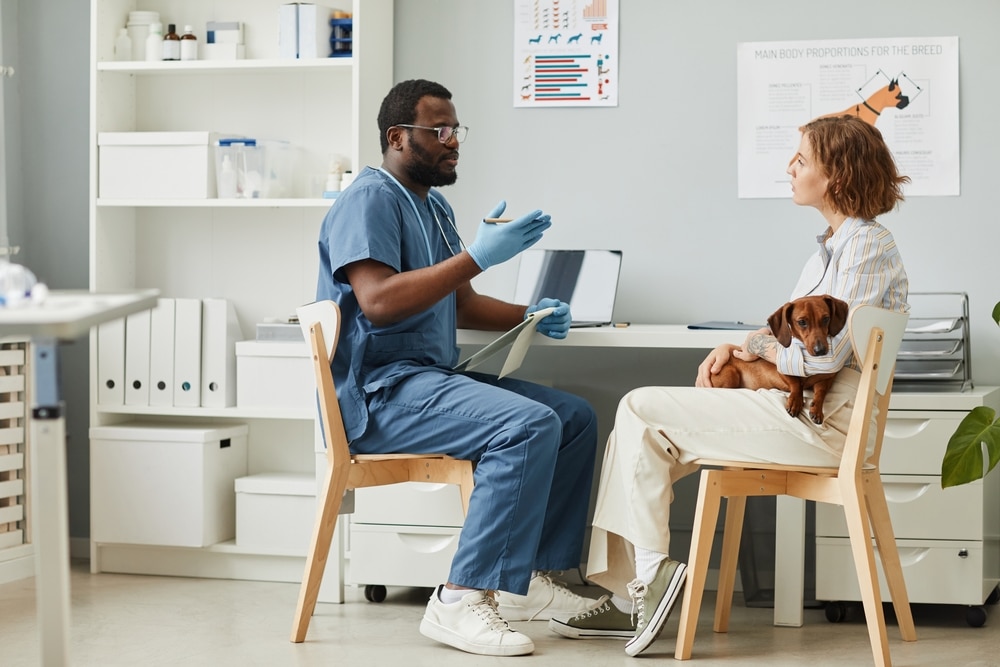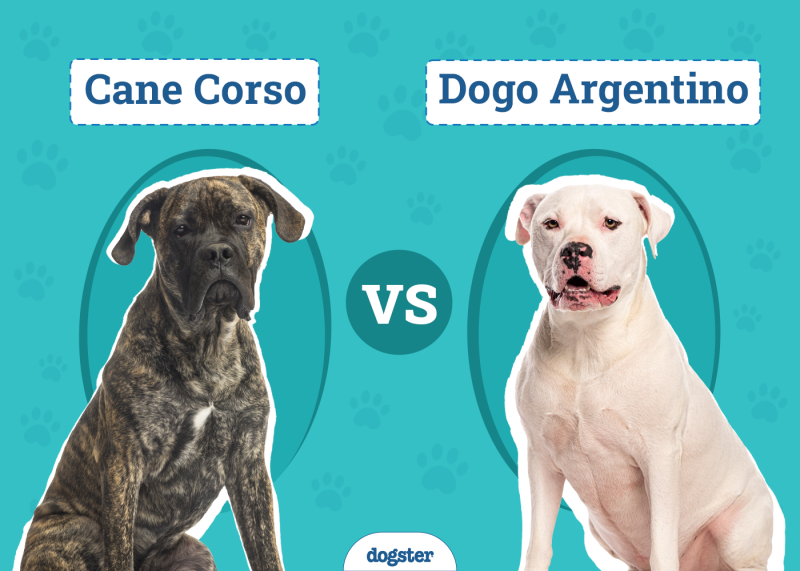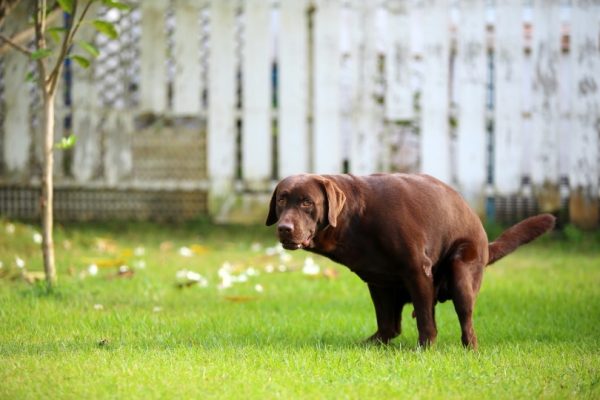Your pet passing may be one of the hardest times in your life, and if you’re looking for a way to make it mean something more positive, donating their body to a vet education program is a good way to ensure that future veterinarians can learn even more about the health of our furry friends. It’s an option that allows your dog to help future animals, but how exactly can you donate your dog’s body to a vet education program?
What you need to do and whether you can depends on where you’re at, but we’ll give you a quick rundown of everything you need to know.

The Short Answer
The short answer is yes. If you take the necessary steps, you can donate your dog’s body to a vet education program. However, these programs aren’t all over the country, and you’ll need to coordinate with a participating program if you want to do this.
These programs are great for prospective veterinary medicine professionals, as they allow them to get valuable training on an actual animal, which is something they simply can’t get from a textbook or a classroom.
It’s certainly not for everyone, but if you’re looking for a way to give back to the veterinary community and make your pup’s passing mean something more, donating their remains to a vet education program might be the right next step for you.

What You Need to Do
If you’re thinking about donating your pet’s body to a vet education program, there are a few things you need to do. First, do your research before your pup passes, if possible. While it’s possible to donate their body afterward, you have a very short window of time to do so, and it could mean you won’t be able to fulfill this wish.
Local veterinary colleges are the most likely places that offer these programs, and the best thing you can do is check out their sites and give them a call to see if it’s something they offer.
Once you find a program that accepts pet remains, do your research on the process they use to retrieve them. They might only take them under certain conditions, and knowing what needs to happen beforehand is crucial. Most often, the dog will need to have died of natural causes or have been euthanized. These are the two requirements to be considered “ethically sourced.”
Finally, once your pet passes, follow all the necessary steps and notify the vet education program as soon as possible. You need to ensure they have space for the remains beforehand, and this can vary depending on how many people recently donated remains.

The 5 Other Ways to Remember Your Pup
Whether you’re able to donate your dog’s remains or not, there are several ways you can remember your pet without their physical remains. Below, we’ve highlighted five great ways for you to remember your dog for the rest of your life.
1. Plant a Tree
Giving back to nature and creating a quiet and serene location to remember your dog is a great way to commemorate them. Plant a tree in their honor, and then take care of it and turn it into a space that you can repeatedly visit for years to come.
2. Make a Photo Album
This might not be something you’re up for doing right away, but it’s a great memento and can bring back many good memories. It can be a great healing experience while making it, and it’s a great way for you to look back fondly and remember them years from now.
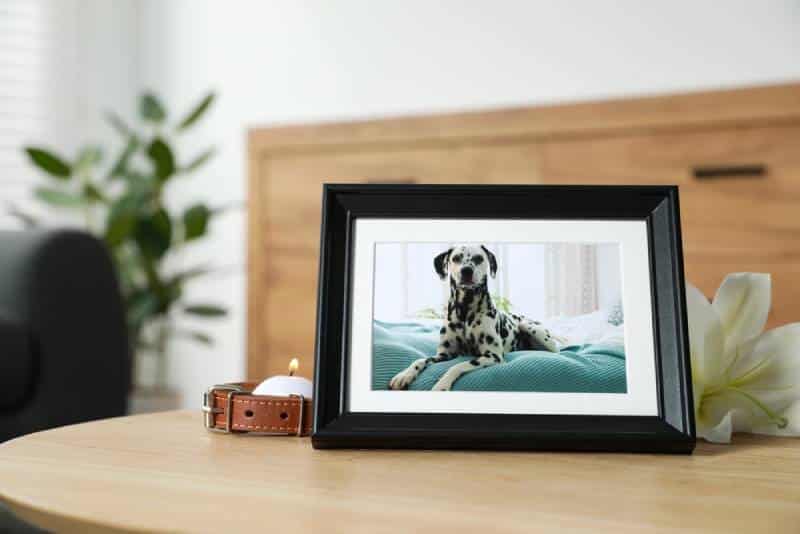
3. Get a Garden Stone
This is a simpler way to recognize your pup, but it’s just as meaningful to many people. Creating a custom garden stone gives you a way to remember your pet when you’re walking by, working in the garden, or any other time you’re in that area.
4. Tattoos
This is a bigger commitment than the other options on our list, but it’s one of the most popular ways to remember the dogs that made the biggest impacts in our lives. Find a meaningful design and an awesome tattoo artist, then commemorate your pooch with a beautiful tattoo that stays with you for life.
5. Jewelry
There are many different jewelry designs and customizations you can use to get something to remember your dog by. They offer custom necklaces, bracelets, rings, and more. If you can dream it, they make it, so let your imagination run wild with what you’re looking for. Some even include your pet’s ashes in the jewelry!
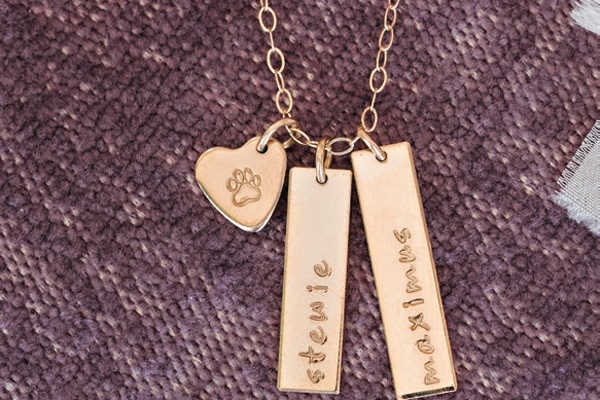

Final Thoughts
While donating your pup’s body to a vet education program can be hard, it’s also rewarding knowing you’re helping to make a difference. Veterinary schools are usually the best place to do this, but it can take some time and research to find the right fit, so make sure you get started before your dog passes, if possible.
See Also:
- What Is the B.A.R.K. Ranger Program? US National Park Service Facts
- What Is the Mr. Mo Project? Everything to Know About This Great Organization
Featured Image Credit: SeventyFour, Shutterstock
